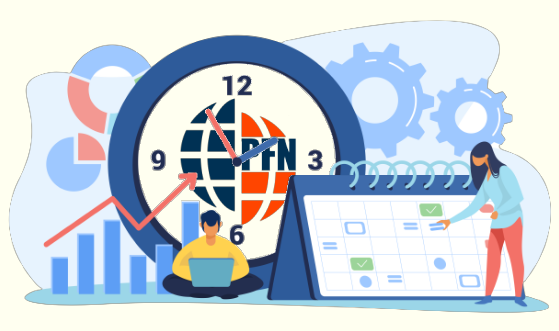
There are several steps that can be taken to effectively plan a project. First, it is important to clearly define the goals and objectives of the logistics project, as well as the scope and any constraints or limitations. This will help to ensure that the project stays on track and that all stakeholders are on the same page.
Next, it is important to develop a detailed project schedule that outlines the tasks and milestones that need to be completed, along with the resources (e.g. personnel, materials, equipment) that will be required. This will help to ensure that the project is completed on time and within budget.
Another important step in project planning is to identify potential risks and develop strategies for mitigating or avoiding them. This can include conducting a site and logistics risk evaluation, as well as implementing contingency plans for potential problems that may arise.
Finally, it is important to regularly monitor and assess the progress of the project, and to make any necessary adjustments to the plan as needed. This will help to ensure that the project stays on track and that any potential problems are addressed quickly and efficiently.




